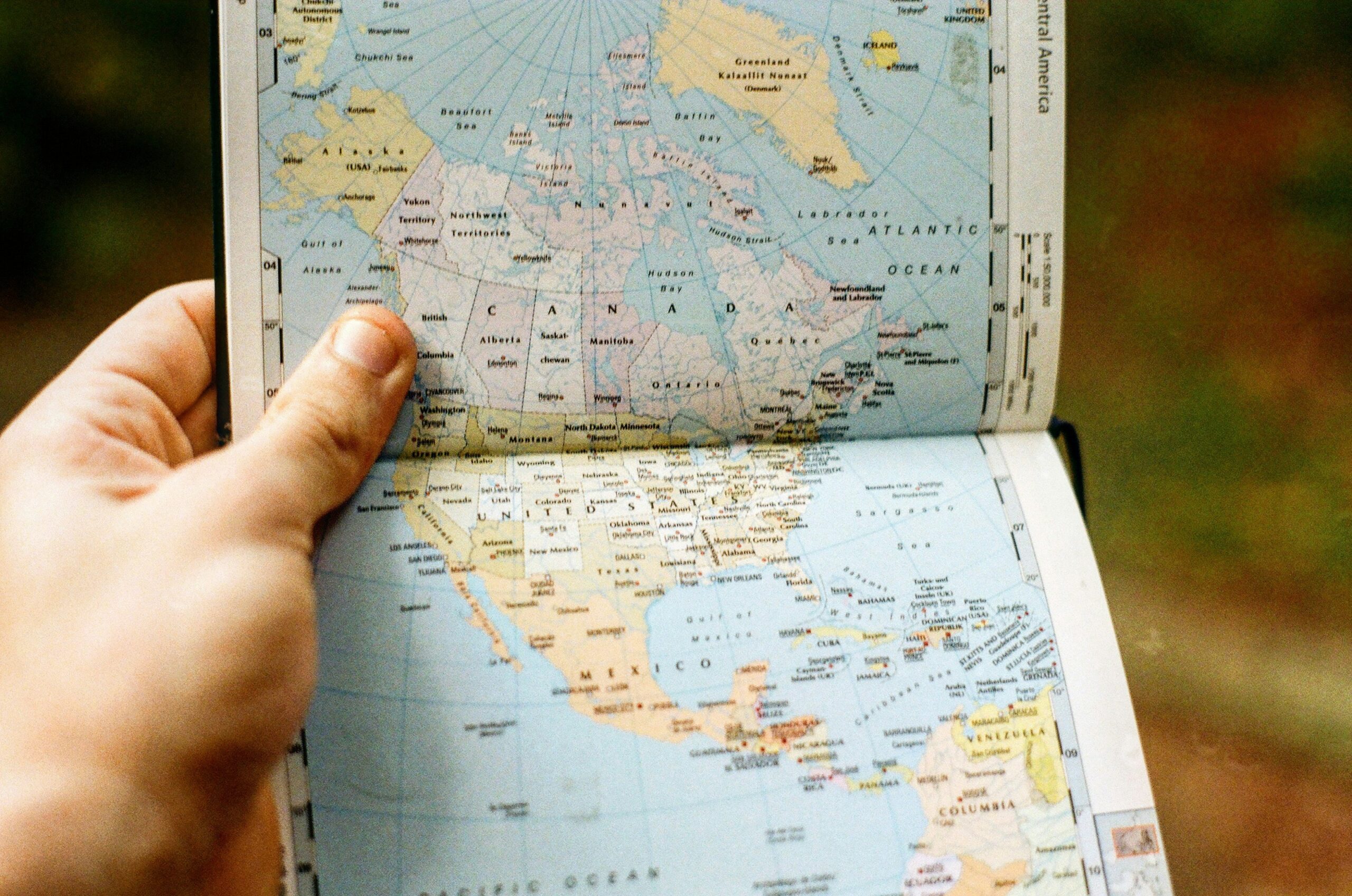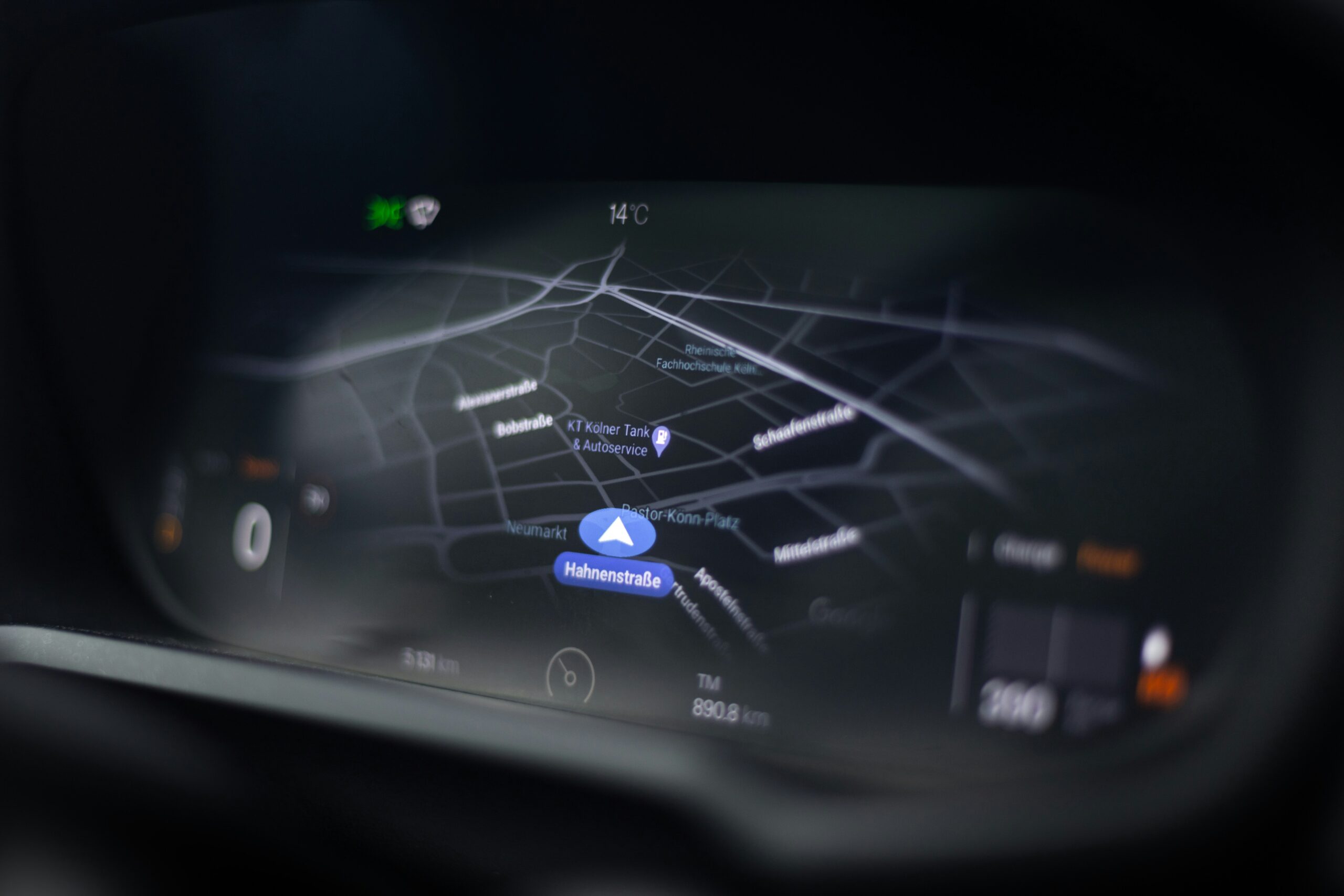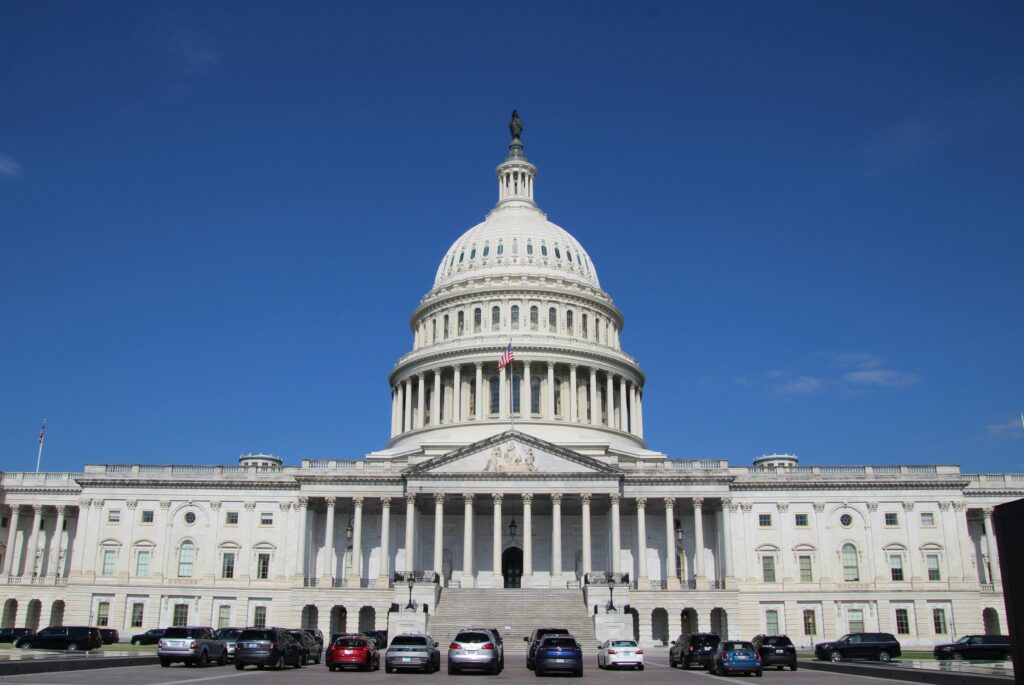Ever wondered how a single tweet from a world leader could tank your investment portfolio or raise your insurance premiums overnight? Yeah, us too. It’s not sci-fi—it’s the reality of today’s interconnected markets. Whether you’re managing personal finance or safeguarding corporate assets, understanding geopolitical risks is no longer optional. And guess what? Geopolitical monitoring tools aren’t just for analysts anymore; they’re your lifeline to smarter credit card debt management and bulletproof political risk insurance.
In this post, we’ll break down why these tools matter, how to use them effectively, and what mistakes to avoid along the way. Ready? Let’s dive in.
Table of Contents
Key Takeaways
- Geopolitical monitoring tools help predict economic disruptions that may impact political risk insurance premiums.
- Choosing reliable tools requires balancing cost, features, and user-friendliness.
- These tools can guide better financial decisions, such as refinancing high-interest credit cards during volatile times.
- Avoid over-relying on automated alerts without manual analysis—context matters!
What is Political Risk Insurance?
Imagine spending thousands on a travel rewards credit card only to get stranded abroad due to sudden sanctions. Now imagine if someone told you there’s an insurance policy designed exactly for situations like this. That’s where political risk insurance comes in—it protects businesses (and savvy individuals) against losses caused by government actions, civil unrest, or other geo-political events.

But here’s the kicker: knowing when to buy or adjust coverage demands foresight. Enter geopolitical monitoring tools. They analyze data trends, newsfeeds, and even social media chatter to flag potential risks before they hit the headlines.
Step-by-Step Guide to Using Geopolitical Monitoring Tools
Step 1: Choose the Right Tool for You
“Optimist You:” “There are dozens of options online—I’m sure one will work perfectly!”
“Grumpy You:” “Ugh, fine—but let me save you hours of trial-and-error.”
Start by identifying which tool aligns with your needs. For example:
- Factiva: Great for tracking industry-specific news.
- Dataminr: Perfect for real-time alerts across platforms.
- Orbis: Ideal for deep-dive analysis into country-specific metrics.
Step 2: Set Up Custom Alerts
This step sounds easier than it is. Remember that time I set up alerts for “currency fluctuations” but forgot to filter out irrelevant tweets? Rookie move. Use filters strategically to focus on actionable insights.
Step 3: Interpret the Data
Data alone won’t protect you. Combine technology with human intuition. Tools might tell you a region is unstable, but historical context makes all the difference.

Best Practices for Maximizing Tool Effectiveness
- Prioritize Accuracy Over Speed: Rushed analyses lead to bad decisions. Don’t panic-sell based solely on breaking news.
- Cross-Reference Sources: One tool’s red flag might be another’s false alarm. Always double-check.
- Stay Updated Weekly: Markets evolve fast. Schedule weekly reviews to keep tabs on emerging threats.
- (WARNING!)Don’t Rely Solely on Automation: Shockingly terrible advice ahead—never trust bots entirely. Humans still rule at connecting dots.
Real-Life Case Studies
Case Study #1: A Tech Startup’s Brexit Escape Plan
When Brexit threw Europe’s economies into chaos, a London-based tech startup used Dataminr to anticipate regulatory shifts months in advance. By relocating headquarters earlier, they saved millions in compliance costs—and their insurers praised their proactive approach.
Case Study #2: The Credit Card Debacle
Sounds unbelievable, right? A family vacationing in Turkey found their travel rewards card denied because of unannounced sanctions. Fortunately, their insurer had been using Factiva to track escalating tensions, allowing them to refund expenses swiftly.

FAQs About Geopolitical Monitoring Tools
Are These Tools Worth the Investment?
Absolutely—especially if you manage significant assets or operate internationally. Think of it as cheap insurance for peace of mind.
Can Small Businesses Afford Them?
Yes, many offer tiered pricing. Even free trials can give valuable insights.
Will AI Replace Human Analysts?
Nope. AI helps process data, but humans interpret nuances. Chef’s kiss for teamwork.
Conclusion
By now, you’ve learned that geopolitical monitoring tools are more than fancy gadgets—they’re essential for smart personal finance, robust political risk insurance, and strategic credit card usage. So whether you’re navigating global markets or planning your next big trip, staying informed means staying ahead.
And hey, remember this little nugget of wisdom:
Storms brew far away, Data whispers warnings first, Listen to survive.
Like a Tamagotchi, your financial health needs daily care—and these tools are your digital pet sitters.


